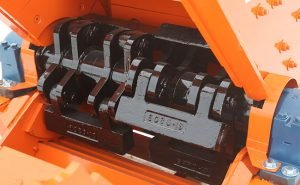Crushing in 1, 2, 3: Understanding Primary, Secondary & Tertiary Crushers

Crushing in 1, 2, 3: Understanding Primary, Secondary & Tertiary Crushers
There are many ways to crush a rock—and depending on your industry, your location, and the project specifications, the equipment that you use and the layout by which it crushes that rock is often rather unique, especially when it comes to product size.
The degree to which material is reduced through stages of primary, secondary, and tertiary crushing can depend on the type of material, like aggregate, concrete, and asphalt, and can also depend on the variety of output sizes needing to be produced. Each stage has a distinct job description, equipment style, and set of design considerations. Let’s break them down.
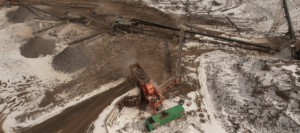
Primary Crushers
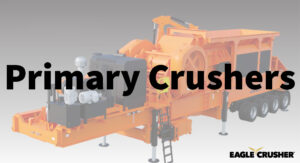
Primary crushing is the first stage of material reduction and can sometimes be the only stage needed to generate the desired product for a job. Depending on the setup, primary crushing will take the larger material that has been blasted, excavated, or reclaimed and process it through a horizontal shaft impactor (HSI), jaw, or gyratory crusher to generate a range of product sizes.
For many aggregate producers as well as concrete and asphalt recyclers, utilizing a closed-circuit portable crusher plant with scalping and screening capabilities can be all that’s necessary to create the product they need. But when multiple sized end products are desired or certain material are being processed, it can be valuable to rely on additional stages of crushing, like secondary and tertiary.
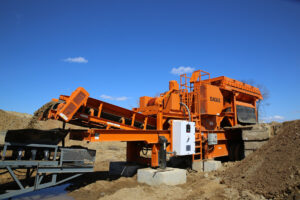
Secondary Crushers
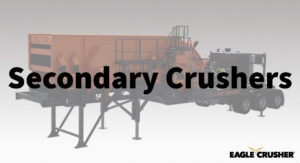
Secondary crushing, as you can imagine, is the second stage of material processing following its initial reduction. At this stage, material will usually flow across screens for initial sizing before reaching a secondary HSI or even a cone crusher, which is effective at crushing down these types of material to desired end product specs.
An additional use for secondary crushing can be to increase overall production by feeding oversized material from the primary crusher through a secondary crusher instead of refeeding it through the primary, opening up primary crushing capacity in a closed-circuit crushing system.
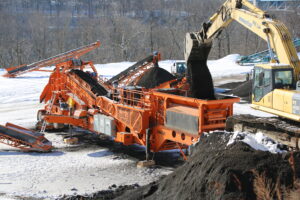
Tertiary Crushers

There are also tertiary and even quaternary stages of crushing that exist to achieve the finer levels of material reduction and end product precision sizing. These stages in addition to secondary crushing can often be laid out utilizing an open-circuit portable crusher plant system where processed material is screened and conveyed from one crusher to the next. Common crushers used in tertiary crushing can be smaller HSI, vertical shaft impactor (VSI), hammermill, or roll crusher.
Putting it all together
Relying on these many stages of crushing beyond only primary can add great value to a crushing operation. Not only can multiple sized end products be generated, but often in an open circuit crushing layout, the flow and processing of material is streamlined and can increase output when compared to a closed-circuit crushing layout.
Mastering the roles of primary, secondary, and tertiary crushers is like choreographing a relay race: each machine hands off material that’s ideally prepared for the next leg. Get the sizing and selection right, and your plant will hit both tonnage and spec—every shift, every day.
Find the right system for you. Contact one of Eagle Crusher’s authorized dealers or a Team Eagle member to find the best fit for you.



